May 20, 2025 | 14:45 GMT +7
May 20, 2025 | 14:45 GMT +7
Hotline: 0913.378.918
May 20, 2025 | 14:45 GMT +7
Hotline: 0913.378.918
Kien Giang has been selected as one of three leading provinces nationwide to receive direct support from the Directorate of Fisheries (Ministry of Agriculture and Rural Development) and the eCDT VN project consultant. This collaboration focuses on training and assisting local fishermen in utilizing the eCDT VN software for seafood traceability, which is a crucial step in strengthening state management capacity and combating Illegal, Unreported, and Unregulated (IUU) fishing.

The Kien Giang province's Fishery Port Management Board has invested in infrastructure and allocated personnel to assist fishermen in installing and utilizing the eCDT VN software to support seafood traceability. Photo: Trung Chanh.
Additionally, the Kien Giang Provincial People's Committee has issued a plan to implement the eCDT VN system, and allocate resources, equipment, and personnel to support local fishing vessel owners in implementing the system. The implementation is scheduled to be completed by October 2024 with an estimated budget of nearly 700 million VND.
The deployment of the eCDT VN software enables effective management over local fishing fleets and catch volumes, including vessels docking and unloading at ports outside the province. The initiative also contributes to raising awareness among fishermen and businesses regarding compliance with IUU fishing regulations.
Kien Giang, home to the country's largest fishing fleet, with over 3,600 offshore fishing vessels, expects a total catch volume of approximately 435,000 tons by the end of 2024. Consequently, the province sees a significant amount of fishing vessels arriving and unloading seafood at its ports, particularly at Tac Cau and An Thoi ports. Notably, the Ministry of Agriculture and Rural Development has designated the two aforementioned ports as having comprehensive traceability systems for wild-caught seafood.
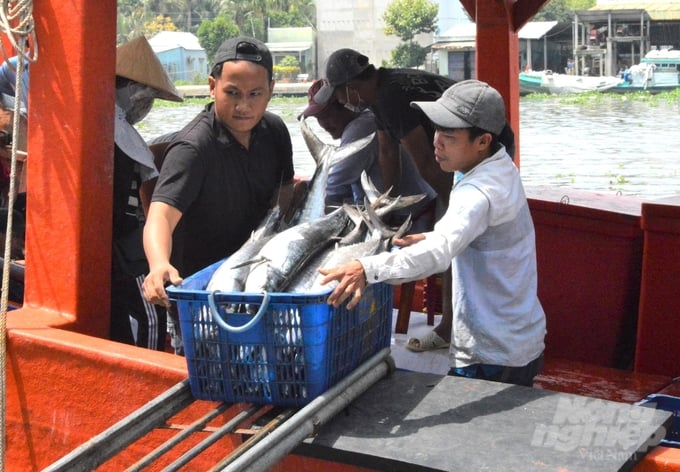
The Tac Cau Fishing Port, designated by the Ministry of Agriculture and Rural Development as having a complete seafood traceability system, handles a significant volume of vessels. The implementation of the eCDT VN system has improved management efficiency and facilitated the unloading process for fishermen.
After over four months of implementing the eCDT VN system, 679 fishing vessel owners in Kien Giang province have registered for an eCDT VN account. According to Kien Giang province's Sub-Department of Fisheries, the eCDT VN system has logged 820 vessel departures and 232 arrivals. Notably, 620 fishing vessels have registered for an eCDT VN account at Tac Cau port (Chau Thanh district), with 676 departures and 162 arrivals reported. Similarly, 77 vessels have registered for an eCDT VN account at An Thoi Port (Phu Quoc city).
Ngo Van Lam, General Director of the Kien Giang province's Fishery Port Management Board, reported that the Management Board has issued 24 unloading receipts through the eCDT VN system for over 104.5 tons of seafood, 10 certificates of origin for over 54 tons of raw material, and one certificate of origin for 1.4 tons of seafood products from a company.
General Director Lam emphasized that the use of eCDT VN software facilitates the quick processing of vessel departures and arrivals, simplifies the certification of catch volumes for businesses, and reduces the time required for management verification.
For seafood export processing businesses, the eCDT VN system streamlines the certification process, promotes transparency, and simplifies traceability of raw materials. This efficiency aids companies in meeting importers' demands and responding to inspections in a timely manner.
The implementation of the eCDT VN national electronic Catch Documentation and Traceability system offers significant benefits, improving state management capacity in the fishery sector and providing convenience for local fishermen and processing/export businesses.
To date, Vietnam has 83 ports officially designated for departing fishing vessels and 56 ports authorized for operations, with 7,940 vessel departures recorded on the eCDT system.
According to the plan, the Directorate of Fisheries will monitor and publish a list of fishing vessels at high risk of IUU fishing, including vessels involved in illegal activities within foreign waters and "three-no" vessels. Additionally, local agencies are required to provide a daily report on all violations related to VMS disconnections and breaches of permitted maritime boundaries.
Nguyen Quang Hung, General Director of the Vietnam Fisheries Surveillance, stated that the agency has consulted the Ministry on a detailed plan to implement urgent and key measures in preparation for the fifth inspection by the European Commission. This plan will be established following the implementation of the Party Central Committee's Directive No. 32 dated April 10, 2024, which aims to enhance the Party's leadership in anti-IUU fishing and promoting sustainable fisheries development; and the Government's Resolution No. 52 dated April 22, 2024, which outlined the action program for executing Directive No. 32.
Translated by Nguyen Hai Long
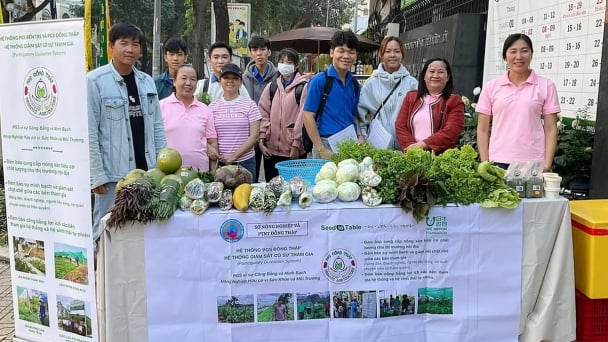
(VAN) Japan's grant aid project contributes to capacity building, promoting organic agricultural production, and fostering sustainable community development in Dong Thap province.

(VAN) For years, the CRISPR-Cas9 genome technology has been reshaping genetic engineering, a precision tool to transform everything from agriculture to medicine.
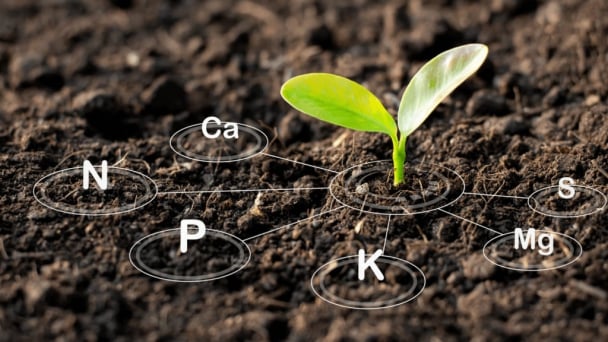
(VAN) Vietnam aims to become a 'leader' in the region in the capacity and managing effectively soil health and crop nutrition.
![Reducing emissions from rice fields: [Part 1] Farming clean rice together](https://t.ex-cdn.com/nongnghiepmoitruong.vn/608w/files/news/2025/05/05/z6509661417740_a647202949c539012a959e841c03e1d3-nongnghiep-143611.jpg)
(VAN) Growing clean rice helps reduce environmental pollution while increasing income, allowing farmers to feel secure in production and remain committed to their fields for the long term.
/2025/05/19/5136-1-144800_230.jpg)
(VAN) The Nghe An Provincial People's Committee has just approved the list of beneficiaries eligible for revenue from the Emission Reductions Payment Agreement (ERPA) in the North Central region for the year 2025.
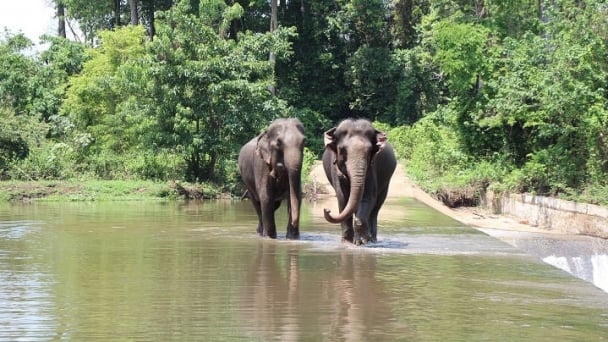
(VAN) 14 out of 35 domesticated elephants in Dak Lak province have had their living conditions improved, with 11 of them currently participating in the non-riding elephant tourism model.
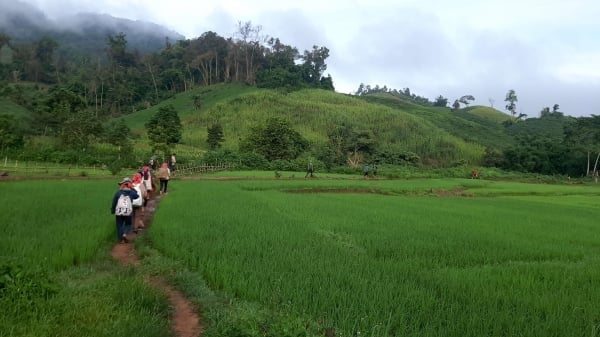
(VAN) Muong Nhe Nature Reserve hopes that being upgraded to a national park will lay the foundation for forest protection efforts to be carried out in a systematic, modern, and sustainable manner.